- Home
- >
- Preservation Archaeology Blog
- >
- Michael Harner’s Early Years as an Archaeologist...
(March 16, 2018)—Just a few weeks ago we lost one of the pioneers of Patayan archaeology. Michael Harner, who passed away on February 3 at the age of 88, is renowned as one of the world’s preeminent anthropologists of shamanism. After a successful career teaching at the Berkeley campus of the University of California, Yale University, Columbia University, and the New School for Social Research in New York, Michael left the academy in 1987 to run the Foundation for Shamanic Studies, an organization he had founded and dedicated to preserving the cultural knowledge and objects of the world’s remaining shamanic traditions. This is the legacy for which Michael is rightly known and for which most will remember him. But I came to know of Michael through archaeology, and here’s how.
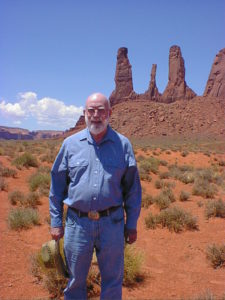
Although Michael ultimately chose ethnology as his professional focus, he transferred to Berkeley in 1950 intent on being an archaeologist. In 1948, while an undergraduate at the University of Illinois in Champaign, Michael participated in the University of New Mexico’s field school at Tijeras Canyon in the Sandia Mountains with Stanley Stubbs and Fred Wendorf, and excavated at Bat Cave as a member of the Upper Gila Expedition of the Peabody Museum, under the direction of Herbie Dix. Later, while at Berkeley, Michael studied under anthropological heavyweights Alfred Kroeber and Robert Heizer. Michael’s Berkeley experience entrenched in him a fundamental appreciation for the four-field approach in anthropology, something he carried forward throughout his career.
Alfred Kroeber, who had worked extensively with the Mojave and to a lesser degree other Yuman-speaking tribes in southern California, had a profound influence on Michael. Likewise, around that time, Malcolm Rogers had begun stirring up a lot of interest in the archaeology of the desert regions in southern California and western Arizona—especially his observations on ancient trails, geoglyphs, lithic artifacts of a “Malpais culture,” and a distinctive pottery tradition we’ve come to know—problematically, I might add—as Lower Colorado Buffware (in other words, Patayan pottery). Soon enough, Michael took up the torch and was carrying out ethnographic and archaeological fieldwork in the valleys of the lower Colorado River.
In just a matter of years, while still a student, Michael published papers on all four of Rogers’s topics. One work discussed pottery along trails in the Big Maria Mountains near Blythe, California, whereas another concerned the differentiation between Malpais flaked stone and “thermofacts.” To these he added a synthesis of geoglyph research, which stands as one of the most comprehensive studies of its kind, and a type description for a Fort Mohave variety of Lower Colorado Buffware. It was his fifth publication, however, that solidified Michael’s stature as a pioneering Patayan archaeologist, though it was a paper that left more questions than answers.
In 1958, Michael published a five-page summary of his archaeological work in the vicinity of Parker, Arizona, in which he defined regional phases of the Patayan archaeological sequence. The paper was based on the preliminary results of survey around Moon Mountain and the excavation of a presumed stratified walk-in well near Bouse, Arizona. Lo and behold, the Bouse Well contained intrusive Hohokam ceramics within the layers containing Patayan pottery. The presence of diagnostic Hohokam pottery with known date ranges enabled Michael to bracket the well’s deposits into particular time frames, something that had so far eluded Patayan archaeology.
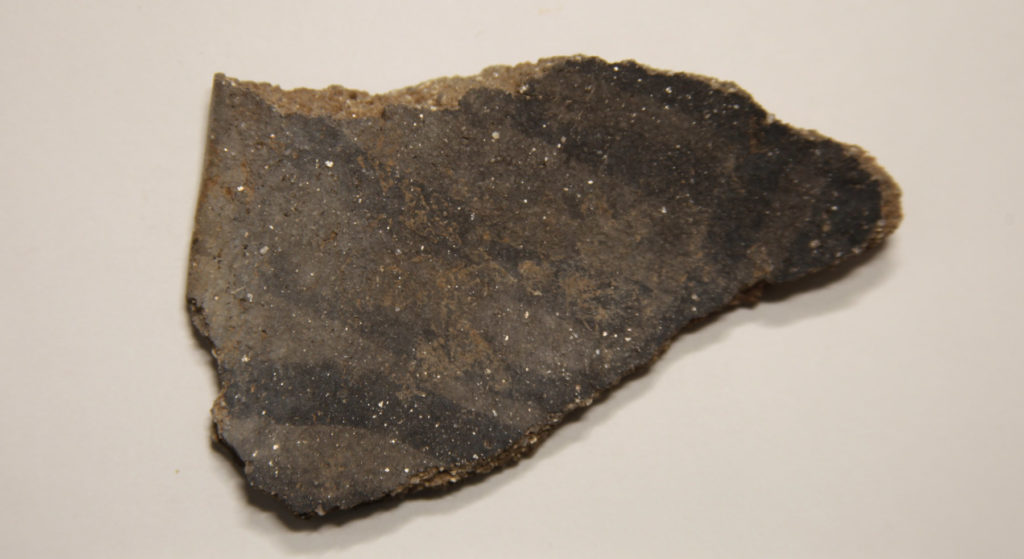
The Bouse Well, the type site for Bouse Phases I and II, has since attained a considerable degree of prominence because it stands as one of the first and few stratified Patayan sites ever dug. This is a big deal because the study of Lower Colorado Buffware has always been beleaguered by a lack of chronology. Many types have been defined, but the depositional context of most Patayan sites has left us unable to work out a reliable and agreed-upon time sequence for the pottery. Since Michael’s excavation, archaeologists have often heralded his work at the Bouse Well Site as key to solving this problem. Michael’s paper, however, was preliminary and did not contain the relevant data.
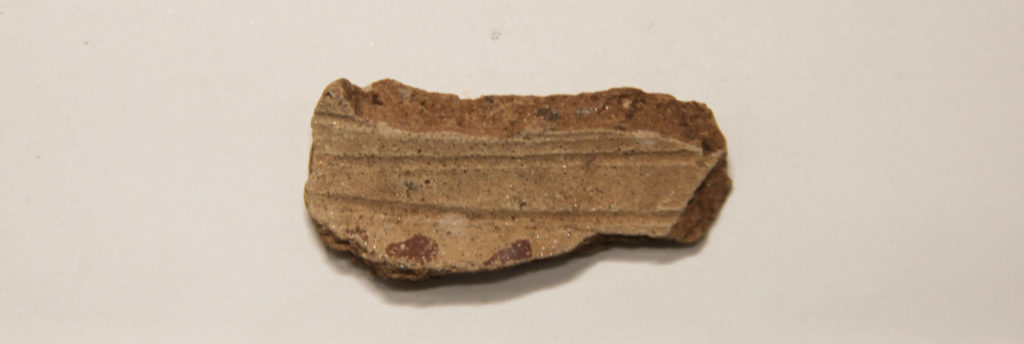
After Bouse, Michael gained funding to carry out ethnographic research with the Shuar in Ecuador and the Conibo in Peru, and was thus redirected from his blossoming archaeological career. Although he deposited his excavated materials at the Lowie Museum of Anthropology at Berkeley—now the Phoebe A. Hearst Museum of Anthropology—Michael retained his provenance information and field notes with the intention of writing a full report. In the meantime, the Bouse Well Site became lost to the archaeological community, with the last confirmed siting in 1967. Many assumed the site was destroyed.
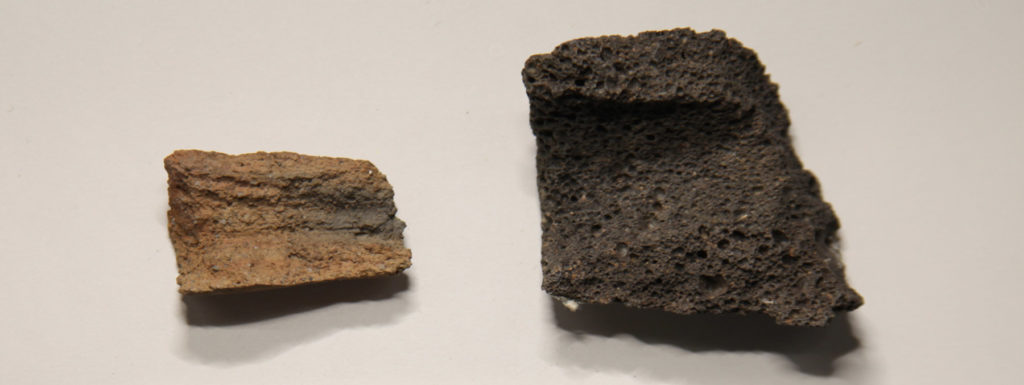
This is where my path crosses that of Michael’s. In early 2015, while researching the curious nature of Hohokam and Patayan interaction in western Arizona, I learned of the legendary Bouse Well. First recorded as the westernmost Hohokam site by Gila Pueblo, only later to be identified as one of the most important Patayan sites by Malcolm Rogers, the Bouse Well struck me as a fascinating matter of archaeological history. It also presented a huge mystery. How could a site of such renown and importance be “lost”? Why didn’t anyone know where this site was, or had once been?
Perplexed by this, I decided to go straight to the source and track down Michael Harner to ask him these questions myself. A little bit of online querying led me to the website of the Foundation for Shamanic Studies in Mill Valley, California, whose founder was a Michael Harner who had done some archaeology in his early days. I sent an exploratory email explaining who I was and what I was interested in, and asked whether this Michael Harner had excavated the Bouse Well. Shortly thereafter, I received a response from the Foundation’s staff asking for a curriculum vitae. After confirming I wasn’t a pothunter, Michael emailed me directly and we set up a series of phone conversations in June 2015.
Michael explained that I was the first person in 25 years to ask him about the Bouse Well, and the first to ask him specifically where it is located. We talked, I learned about him, and he about me, and we found common ground in our missions—he was vested with preserving endangered cultural knowledge of indigenous communities and I with ascertaining effective preservation measures for endangered heritage places in southwest Arizona. We shared a deep curiosity about “rock art,” I having written a dissertation on the topic and he carrying out the only test excavation of a geoglyph (at the Bouse Well Site of all places) I have ever heard of.
Michael hadn’t been to the Bouse Well in more than 60 years, but he recalled how to get there. With that, and a little help from an early 1930s sketch map of the site I found tucked away in Malcolm Rogers’s field notes, I relocated the Bouse Well in August 2015. I returned later that fall with students and faculty from Pima Community College to officially record and map the site, the records of which are now curated with the Archaeological Records Office at the Arizona State Museum.
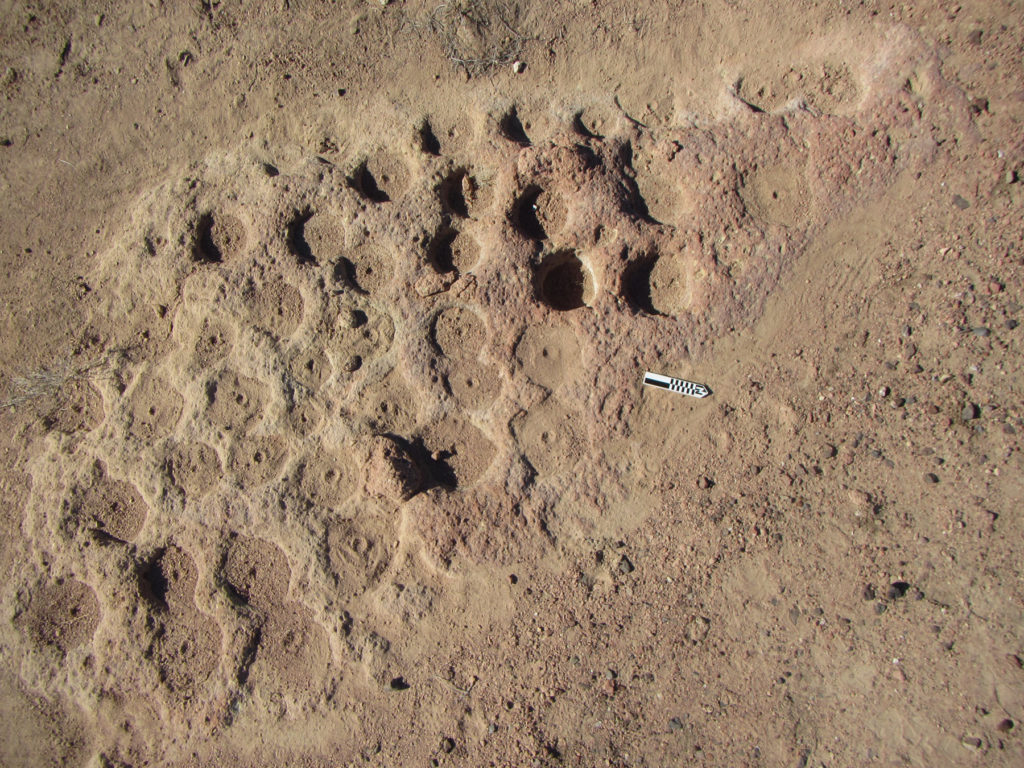
Michael and I agreed that a renewed study of the Bouse Well was in order, one that would tie his unreported work to current archaeological methods and theory. In January 2017 I was awarded the Carryl B. Martin Research Award from the Arizona Archaeological and Historical Society to carry this project forward, specifically to date charcoal fragments and undertake paleoenvironmental analyses on sediments Michael had collected from within the Bouse Well in 1952. A few months later, in March 2017, I commenced this reanalysis of the Bouse Well with a visit to the collection at the Hearst Museum on Berkeley’s campus.
During my stay in Berkeley, I had the honor of visiting with Michael and his wife Sandra at their residence, and again at the archive for the Foundation for Shamanic Studies. Michael was excited to see renewed interest in his work, and to learn what new techniques might reveal about the site. I was delighted to learn more of his personal story, and how archaeology was done in the early days. That was a year ago, and I look forward to carrying the torch further as our work with the Bouse Well materials continues. Thank you, Michael.
Watch a video to learn more about Michael and Sandra Harner’s legacy.
Explore the News
Related to This
-
Post Where’s the Buff?
-
Culture Pataya